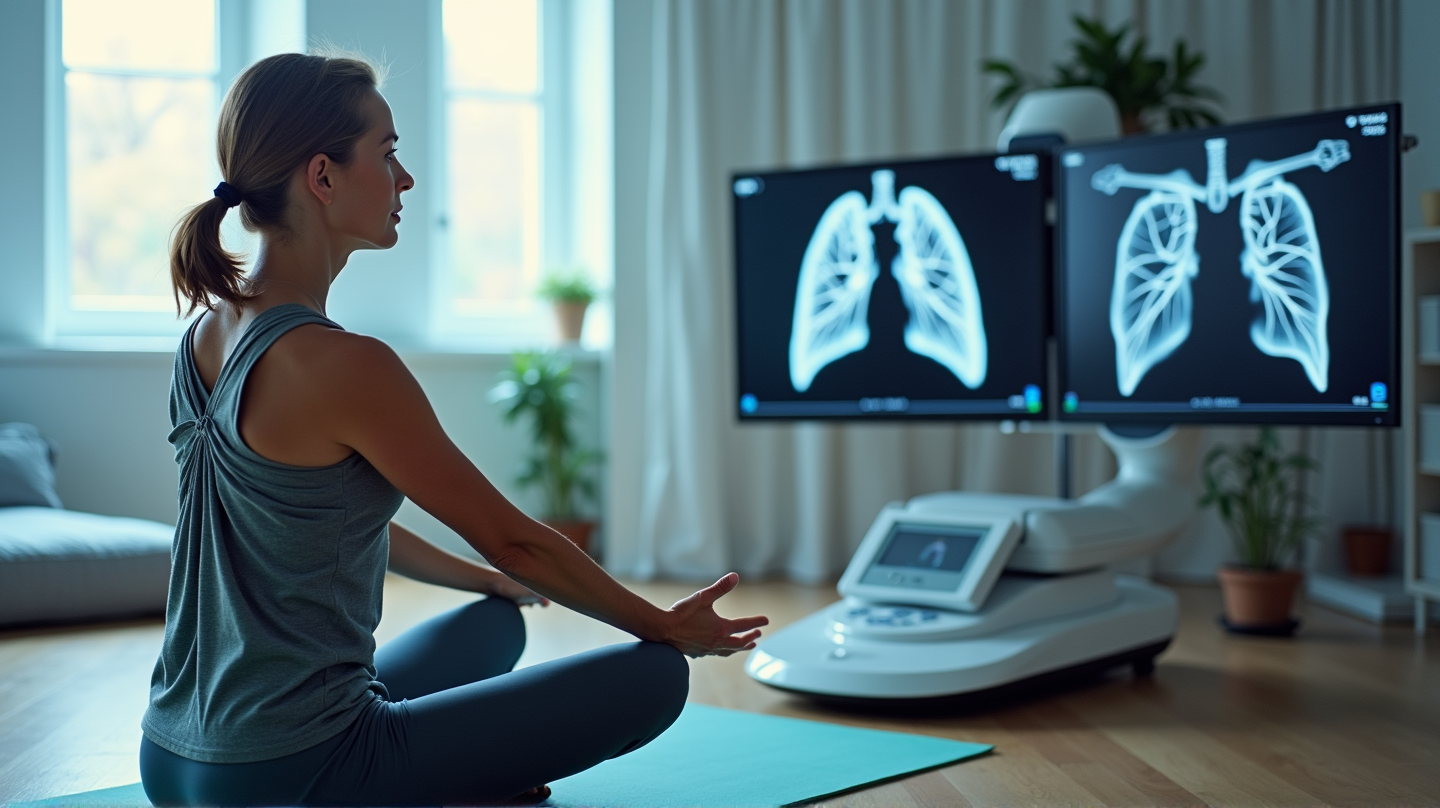The Pilates Influence
Tonni Richard, a retired nurse from LeClaire, Iowa, never imagined that her love for Pilates would play a vital role in saving her lung and, ultimately, her life. As she worked through her Pilates routines, the subtle yet persistent muscle spasms on her right side led to a discovery that changed everything.
A Tumor Uncovered
A CT scan revealed a neuroendocrine tumor in Richard’s lower right lung, posing the risk of losing significant lung function if treated traditionally. Determined to find an alternative, Richard’s search led her to Dr. Kalvin Lung at Northwestern Medicine in Chicago.
Enter the 3D Revolution
Dr. Lung introduced Richard to groundbreaking technology that integrates CT scan data into a 3D model, allowing unprecedented precision in surgery. This model becomes a part of the surgical console, guiding the da Vinci 5 robotic system with real-time imagery.
Reshaping Surgical Outcomes
The precision of the 3D model allowed Dr. Lung to remove Richard’s tumor while preserving 95% of her lung. According to Northwestern Medicine Newsroom, this remarkable achievement is reshaping how surgeries are approached, offering hope to countless others.
Championing Second Opinions
This story is more than a successful surgery; it’s a testament to the importance of advocating for oneself in the healthcare system. Richard’s pursuit for a second opinion underscores the necessity of exploring all options and the potential life-changing impact of lung cancer screenings.
The Broader Impact
Lung cancer remains the leading cause of cancer-related deaths in the U.S. The proactive approach of using cutting-edge technology, paired with increased awareness and regular screenings, promises to enhance outcomes and save lives.
A Call to Action
Richard’s journey invites patients and healthcare professionals alike to embrace innovation, seek second opinions, and stay informed about technological advancements in medical care. Her experience is a beacon of hope for those facing similar battles.
Richard’s successful surgery illuminates a promising path for future treatments—transforming challenges into opportunities for saving lives with less invasive methods.
